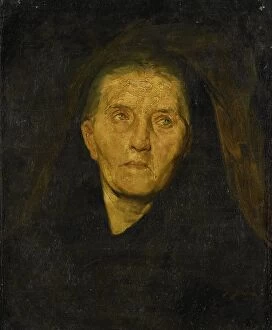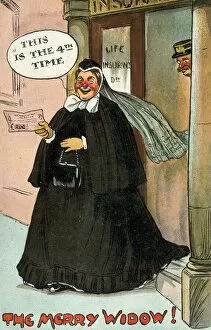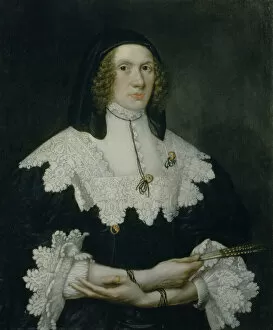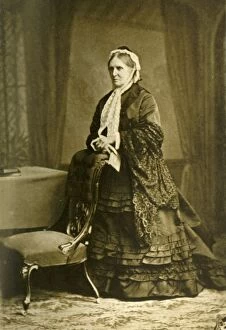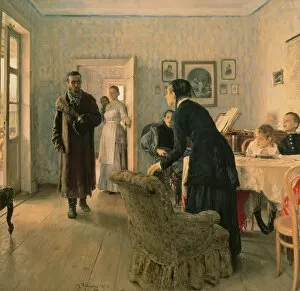Widows Weeds Collection
"Widows Weeds: A Glimpse into Mourning Fashion Through the Ages" Step back in time with a Victorian New Year card depicting a young woman dressed in widows weeds
For sale as Licensed Images
Choose your image, Select your licence and Download the media
"Widows Weeds: A Glimpse into Mourning Fashion Through the Ages" Step back in time with a Victorian New Year card depicting a young woman dressed in widows weeds, circa 1880. This color lithograph captures the somber elegance of mourning attire during this era. Intriguingly, they were not exclusive to the Victorian period. Take for instance Mary Tudor, whose portrait from Memoirs of the Court of Queen Elizabeth showcases her draped in black garments as she mourns her husband's passing. The concept of widowhood and its associated clothing transcended borders and centuries. A French Lady of the 16th Century is depicted in an engraving wearing widows weeds, highlighting how this tradition reached far beyond England's shores. Moving forward to the 17th century, Marie Nichols' oil on canvas painting portrays a grieving widow adorned in dark attire. The depth of sorrow captured by Nichols serves as a poignant reminder of loss and grief experienced throughout history. Not limited to art alone, literature also delves into the significance of widows weeds. John Everett Millais' painting titled "A Widows Mite" draws inspiration from biblical references while exploring themes surrounding poverty and resilience amidst mourning. Photography too has immortalized this fashion trend. James Wallace Black's photograph titled "Four Generations" offers us a glimpse into familial bonds intertwined with bereavement as four women don their respective widows weeds during an uncertain time around 1860. Even prominent figures like Lady Roberts found themselves captured by Maull & Fox's lens while wearing these symbolic garments around the late 1870s. Their portrayal reminds us that mourning was not confined to social classes but affected individuals across society. Shakespearean plays such as "Third Part of King Henry VI" shed light on how even royalty embraced this custom.



